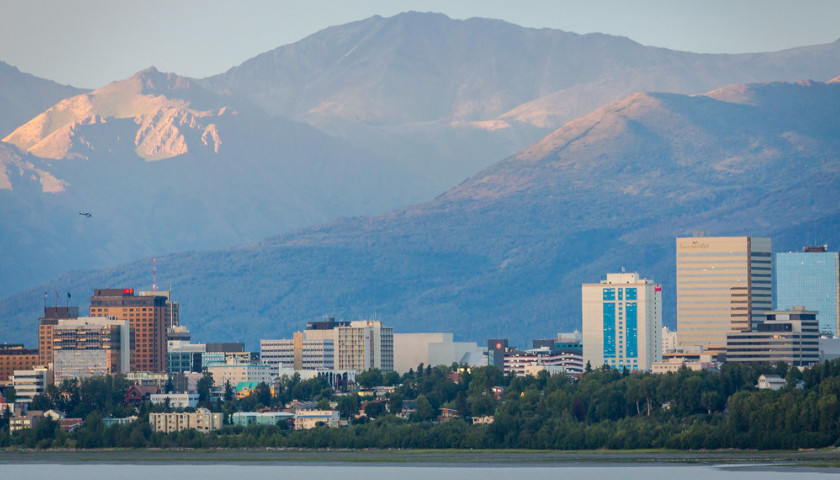by Jon Miltimore
My wife and I recently were out for our morning walk and she commented on how weird inflation is. Some prices are sky high, she observed, while others have barely budged.
A carton of eggs is up 33 percent over the last year, while tomatoes haven’t changed at all. Airline flights are through the roof, but the cabin we rented on our last vacation was several hundred dollars less than in previous years. Our electric bill is soaring, but her personal care products and my son’s new sneakers were about the same (or less) than what she had previously paid.
It’s clear that prices are a complicated business, and not just because value is subjective. The cost of producing and distributing goods in an economy is incredibly complex, something no single person can possibly understand, let alone calculate.
While the basic economics of inflation tend to be simple—increase the money supply and, all else equal, money becomes less valuable—the specifics of inflation can be complex and difficult to understand, because economies are complex and difficult to understand.
We see this not just in the fact that some products and services are impacted by inflation more than others. We also see it by the fact that inflation is rising in some places more than others.
While recent data released by the Labor Department show that inflation slowed down in July (8.5 percent annualized), it remains hot, especially in certain places. A recent report by WalletHub found that in many US cities, prices are 10 percent higher than a year ago.
Below is a list of the five cities where inflation is the highest, according to the latest Consumer Price Index (CPI) data.
1. Anchorage, Alaska: 12.4%
2. Phoenix, Arizona: 12.3%
3. Atlanta, Georgia: 11.5%
4. Tampa Bay, Florida: 11.2%
5. Baltimore, Maryland: 10.6%
‘Largely a History of Inflation’?
Following the release of the government’s inflation numbers on Wednesday, many suggested the US economy may be at an inflation “turning point.” Hopefully this is true, but it is far from certain.
“I do not think it is an exaggeration to say history is largely a history of inflation, usually inflations engineered by governments for the gain of governments,” the Nobel Prize-winning economist F.A. Hayek once observed.
Frederick Hayek predicts Bitcoin in 1984 pic.twitter.com/co58XcLcAX
— Nunya Bizniz (@Pladizow) January 8, 2019
This is why Hayek saw it as imperative to take the control of money “out of the hands of government.” History shows that those in power spend beyond their means, and these debts eventually come due. When they do, rulers turn to money printing or other forms of currency debasement, eroding its value (sometimes slowly, sometimes rapidly).
The US is a long way from the hyperinflation that crippled Weimar Germany—where in 1923 a single US dollar was worth a trillion marks—and plagues Venezuela even today, but inflation is a patient killer. Over time, it eats away at retirement accounts, pensions, wages, and savings, and as my colleague Peter Jacobsen noted last year, working-class and poorer Americans are the ones least able to protect themselves from inflation and most likely to feel the difference.
Most Americans don’t need an economist or politician to point out the harms of inflation, especially those living in Anchorage, Phoenix, Atlanta, Tampa, and Baltimore.
What they need is sound money, but it’s clear that is something they will not get as long as the government controls it.
– – –
Jonathan Miltimore is the Managing Editor of FEE.org. His writing/reporting has been the subject of articles in TIME magazine, The Wall Street Journal, CNN, Forbes, Fox News, and the Star Tribune.
Photo “Anchorage, Alaska” by Alex Proimos. CC BY-NC 2.0.






I refer to it as selective inflation, and most of the items or materials that have increased all rely on fossil fuel. The donks and their globalist handlers are forcing their green ideology down our throats. This is total BS! Every week the “Hunger Games” come closer and closer to reality.